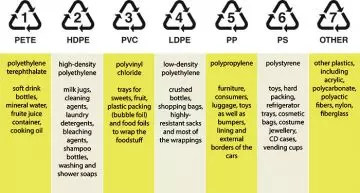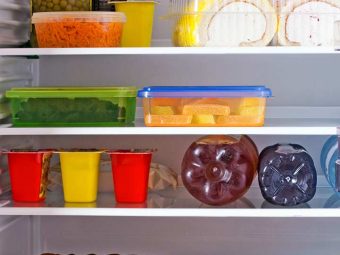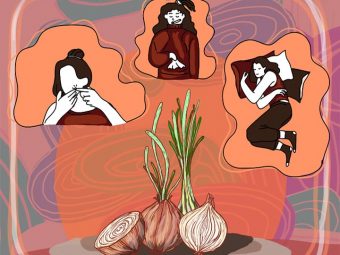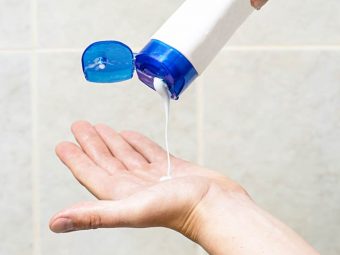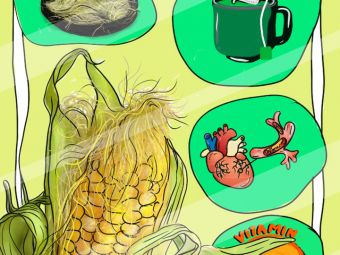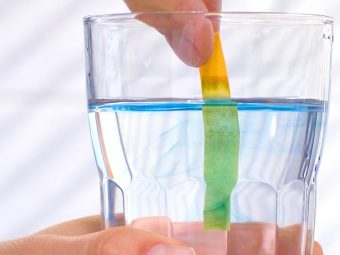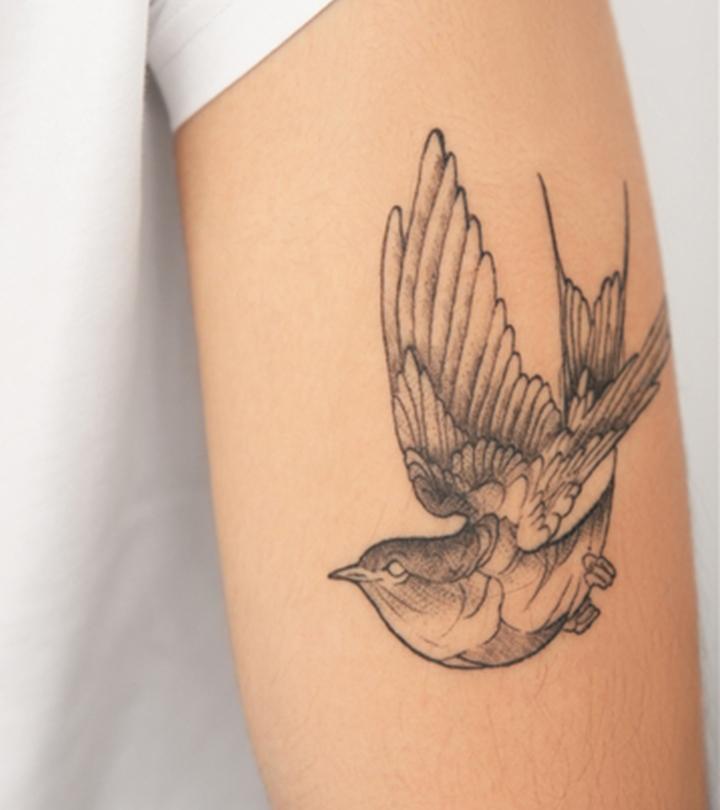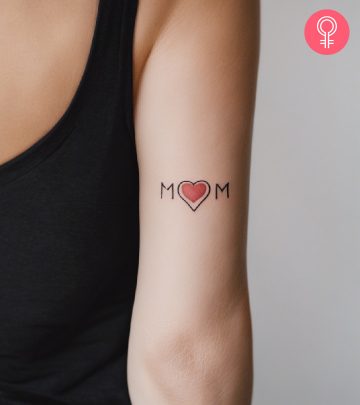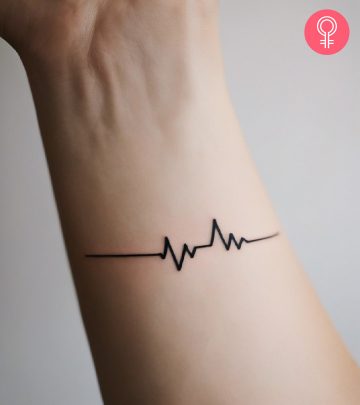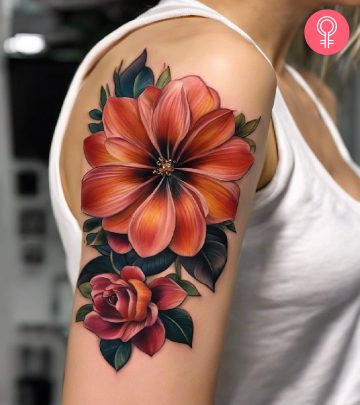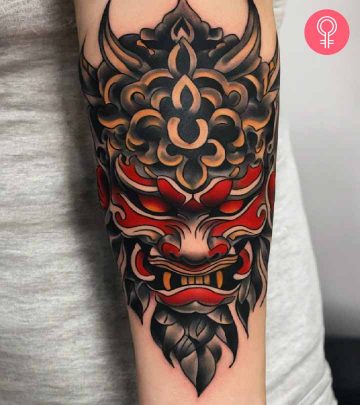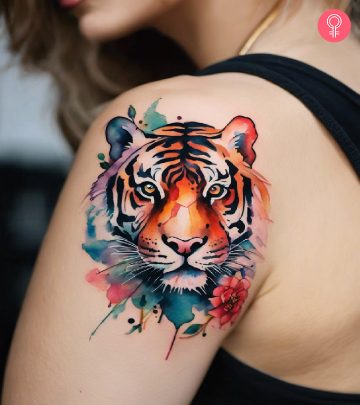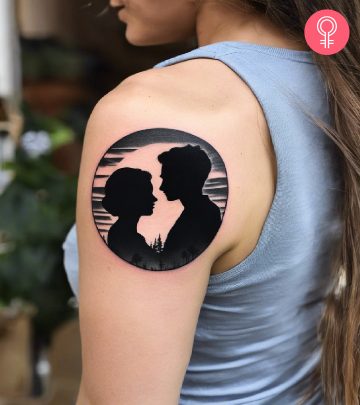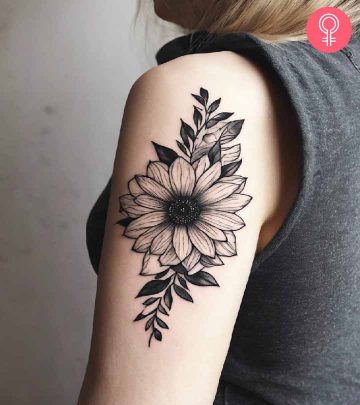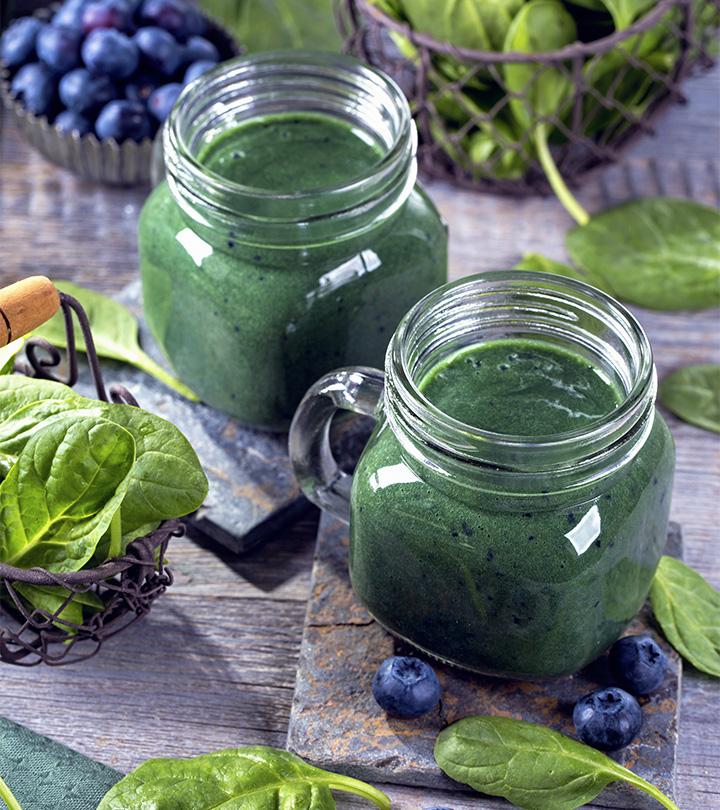Ever Noticed Those Small Numbers On The Bottom Of A Plastic Bottle? This Is What They Mean
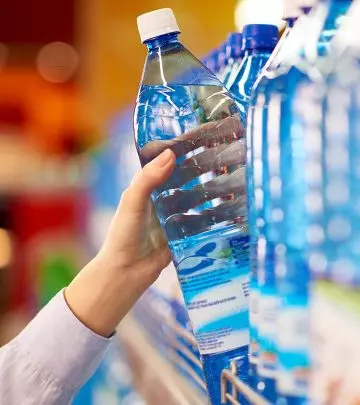
Image: iStock.com
If you turn any plastic container, plastic water bottle, or a plastic-packaged product upside-down, you will notice a small triangle and a number inside it. Did you ever wonder why is it there?
The numbers basically tell you about the chemicals that are used to create that particular plastic object. Let’s check out what each number means.
1. PET Or PETE (Polyethylene Terephthalate) – Number 1 Plastics
- This is one of the most commonly used plastics, and you can find this symbol on cold drink or water bottles.
- It is intended for one-time use only.
- It is advised that PETE plastics should not be reused because if you wash them using soaps or detergents or keep them in high temperature, chances are that the chemicals will leach out of the plastic and get mixed with the water. Since these chemicals are not good for our health, it is better to avoid reusing the bottles.
- The recycling rate of PETE plastics is very low (around 20%).
2. HDPE (High-Density PolyEthylene) – Number 2 Plastics
- These plastics are made from petroleum and are mostly used in plastic bags, oil bottles, juice bottles, and butter or yogurt tubs, among others.
- Such plastics are hard and opaque, and remain unaffected by higher temperatures.
- They do not release any harmful chemicals, and thus can be reused.
- The recycling rate of HDPE plastics is the highest amongst all the plastics.
3. V (Vinyl) Or PVC – Number 3 Plastics
- It is a thermoplastic polymer and is usually found in detergent or window cleaner bottles.
- Bottles labeled PVC or 3V are hazardous, and you must avoid using them as they discharge toxic chemicals that can be harmful for our body.
- Such plastics are rarely recycled.
4. LDPE (Low-Density Polyethylene) – Number 4 Plastics
- This thermoplastic is also made from petroleum and is either opaque or translucent.
- They are used in making shopping bags, food wraps, and bread bags.
- These plastics are not harmful for our health as they do not release any toxic substances or chemicals.
5. PP (Polypropylene) – Number 5 Plastics
- Polypropylene or PP is a thermoplastic polymer that is tough, strong, and has a high resistance. It is, thus, considered as one of the safest forms of plastics.
- The sign PP is found on medicine bottles, ketchup, or other squeezable bottles.
- Recyclers accept these kinds of plastics for recycling.
6. PS (Polystyrene) – Number 6 Plastics
- PS is another petroleum-based plastic that is used in insulation and packaging materials.
- You can find this symbol on disposable containers or egg cartons.
- It is quite difficult to recycle such forms of plastics and thus, are rarely recycled.
7. PC (Polycarbonate) Or Non-Labelled Plastic – Number 7 Plastics
- Number 7 plastics are the most dangerous forms of plastics as they release BPA chemicals.
- They are used to produce food containers and water bottles of 3-5 gallons.
- They are not recycled.
To summarize, plastics 2, 4, and 5 are considered as safe plastics, and plastic 1 should not be reused. However, all other forms of plastics must be used with extra care.
We hope you enjoyed reading the article. Share your views in the comments section below.


